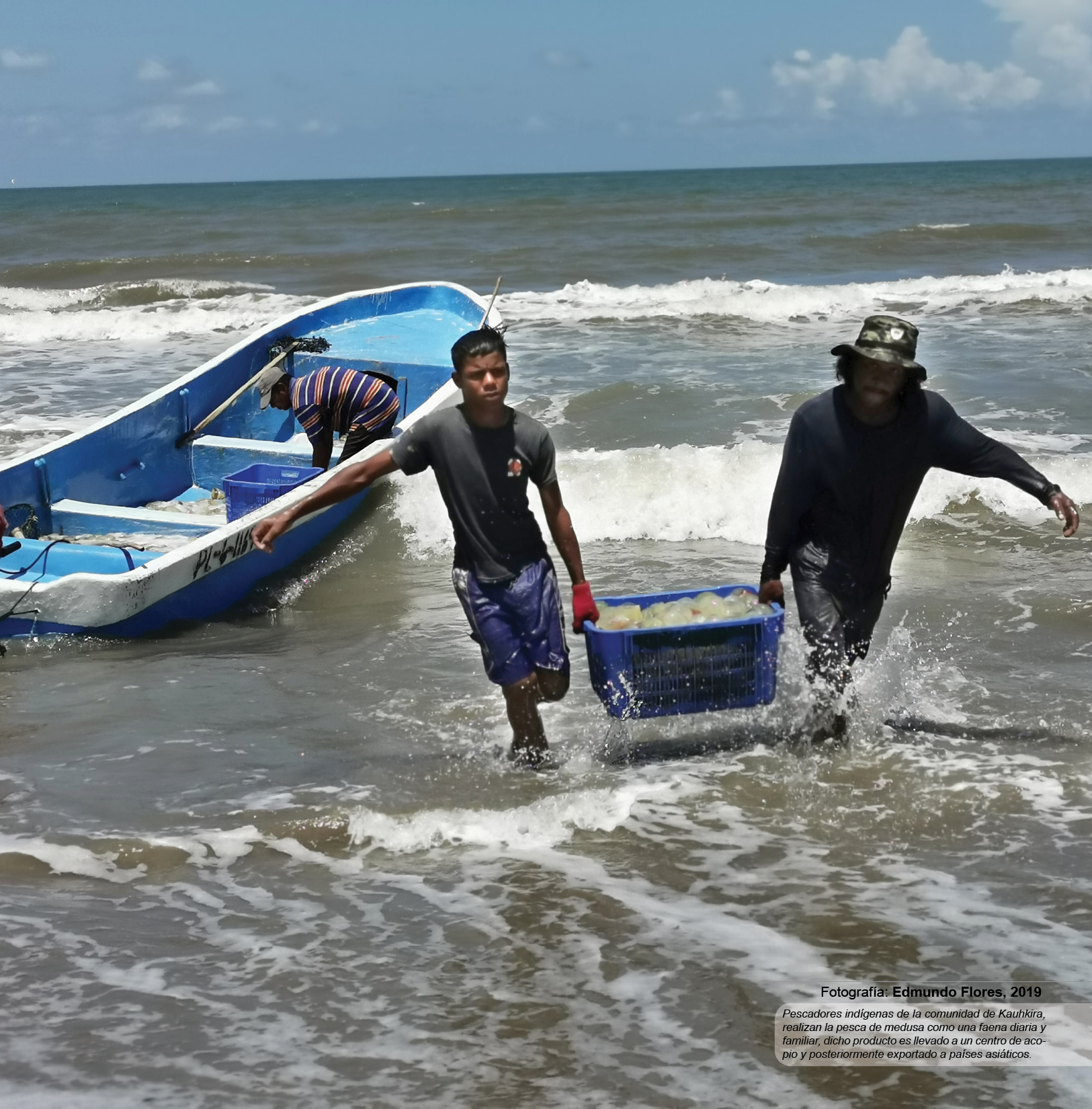Importance of crustaceans and mollusks in food security of the inhabitants in Río Plátano, Laguna de Ibans and Brus Laguna
DOI:
https://doi.org/10.5377/rus.v0i0.10354Keywords:
artisanal fishing, mollusks, fishery resources, biological samplingAbstract
The present link-up and research project was formalized, with the participation of the Program of Adaptation to Climate Change in the Forest Sector (CLIFOR) of the German Cooperation, the Institute of Forest Conservation and Development, Protected Areas and Wildlife (ICF) and the Biology School at the Sciences Faculty of the UNAH. This research arises as part of the recommendations of link-up project developed in the Reserva del Hombre Biosfera del Río Plátano (RHBRP) in 2017. The following article describes the use of crustaceans and mollusks in the RHBRP, evidencing its importance in food security and nutrition of the inhabitants of the area. The monitoring on the capture of crustaceans and mollusks carried out by indigenous, Garífuna and mestizo populations covered the dry season (May) and the rainy season (July to October) of 2018, in the communities of Jaloa, Piñales, Ibans, Vetania, Río Plátano, Barra de Brus Laguna and Las Marías Pech. Simultaneously, interviews were carried out aimed at the use of crustaceans and mollusks, biological and fi shery samplings dependent and independent of fi shing activities carried by the fi shermen. The samplings included the compilation of biometric data, in addition to the bibliographic review of information on the ecology of the species. The study identifi ed a total of fi ve families, seven genera and nine species of which two are under review. The blue crab (Callinectes sapidus) is the most captured species of crustacean, although it occurs as bycatch of other fishing activities.
878

